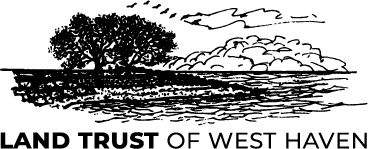Invasive Species
Before its transformation, the Eco Park site was overrun with invasive plant species, including Tree of Heaven, Common mugwort, and Garlic mustard. Invasive species are non-native organisms introduced to a region—intentionally or accidentally—that cause harm to the environment, economy, or human health. They outcompete native species for food, alter ecosystems, reduce biodiversity, and threaten the balance of coastal habitats.
Invasive species possess traits that allow them to thrive and dominate new areas. They often have high reproductive rates, enabling rapid population growth. Their adaptability to a wide range of site conditions allows them to establish themselves in various environments. Many invasive species can spread quickly, either through seeds or vegetative fragments, and they lack natural predators or controls in their new habitats. These characteristics give them an advantage and make them highly competitive, often at the expense of native species and ecosystems.
By learning about invasive species and taking proactive measures, you can help protect our ecosystems and ensure the long-term success of restoration projects like Eco Park.
Notable Invasive Species at Eco Park:
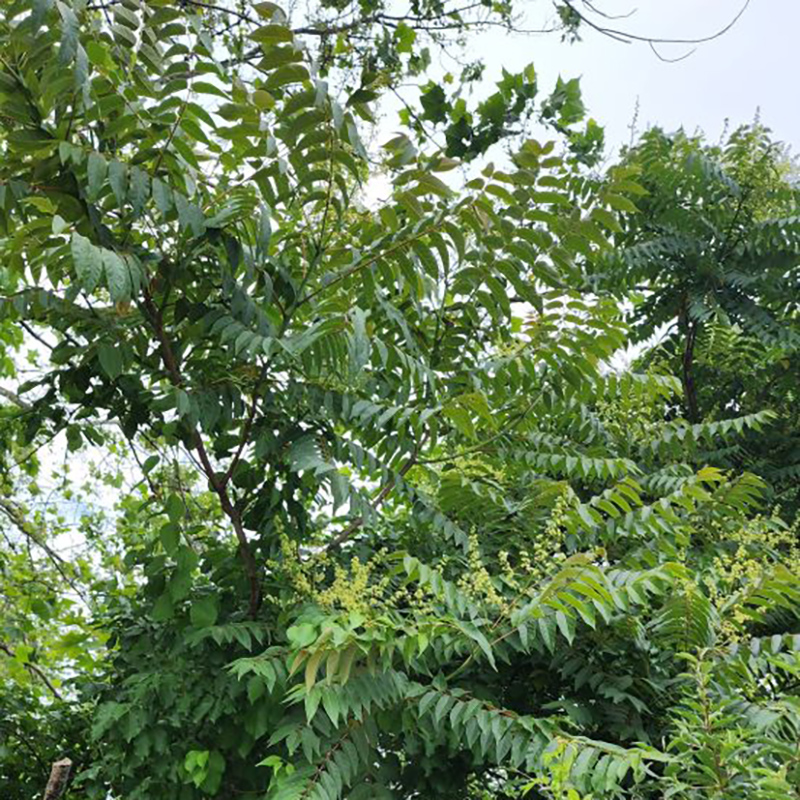
Tree of Heaven
Ailanthus altissima
A fast-growing tree that releases chemicals into the soil, suppressing the growth of other plants. It supports the spread of the invasive Spotted Lanternfly.
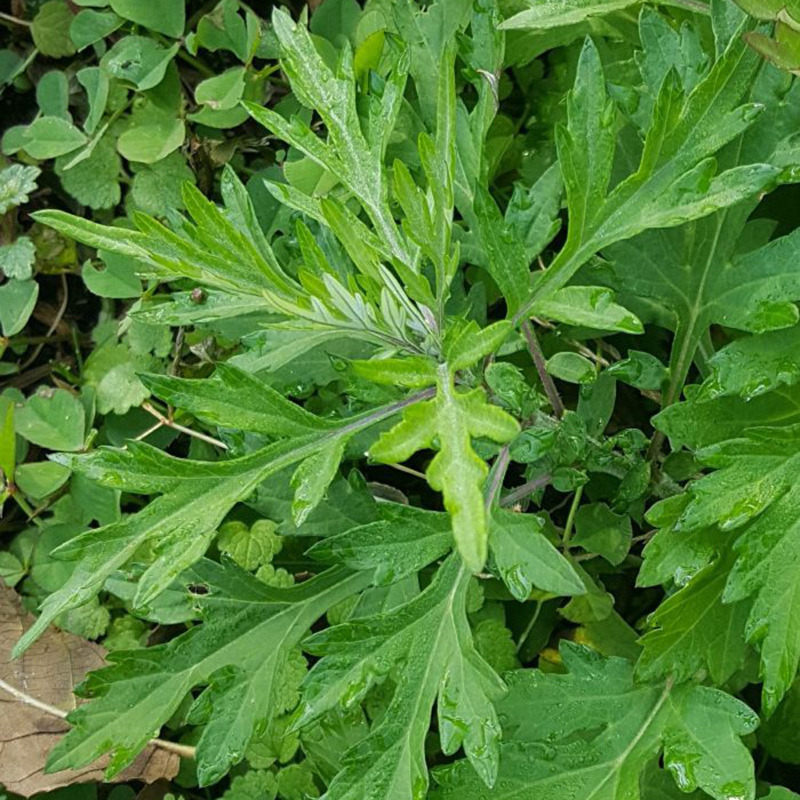
Common Mugwort
Artemisia vulgaris
Known for its aggressive spread, it displaces native plants and depletes soil nutrients.
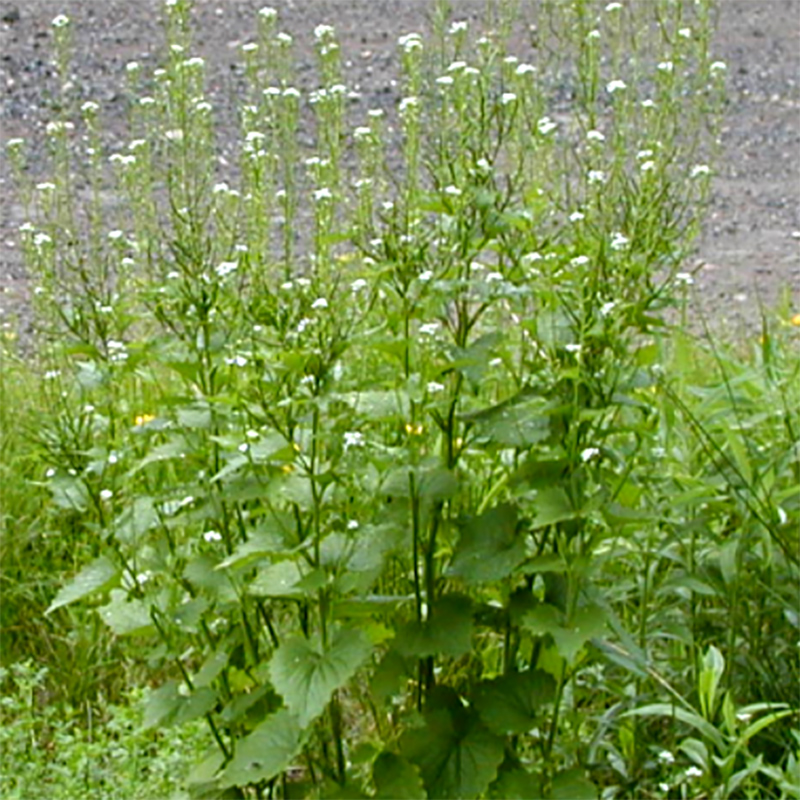
Garlic Mustard
Alliaria petiolata
A vigorous biennial (two years to mature and set seed) that releases chemicals that can inhibit the growth of neighboring plant species. A single plant can populate or repopulate an entire site.
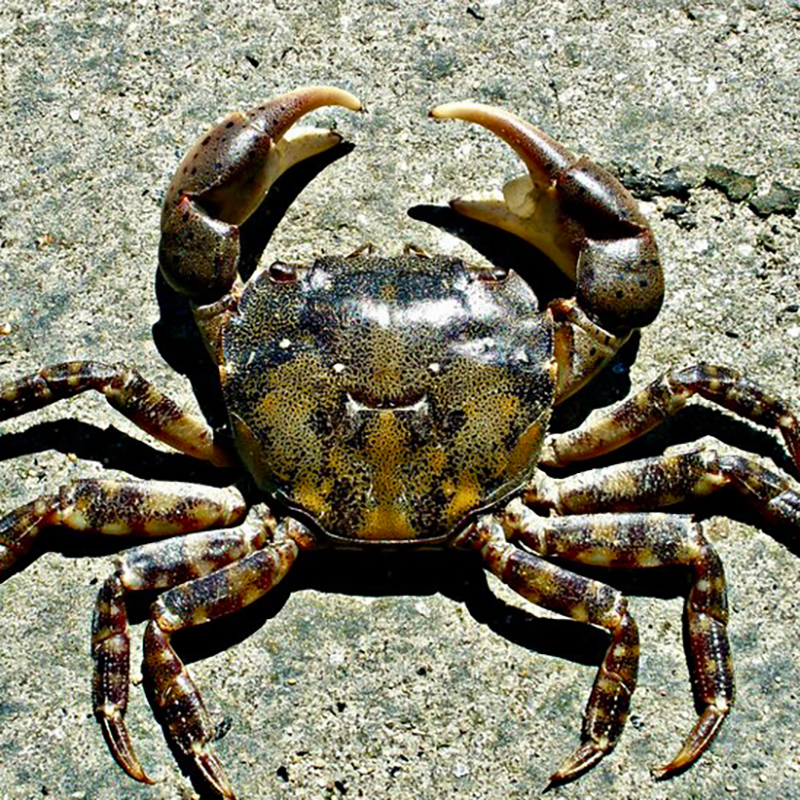
Asian Shore Crab
Hemigrapsus sanguineus
This crab, introduced via ship ballast water, preys on native species and has reduced native crab populations by up to 99% in some areas.
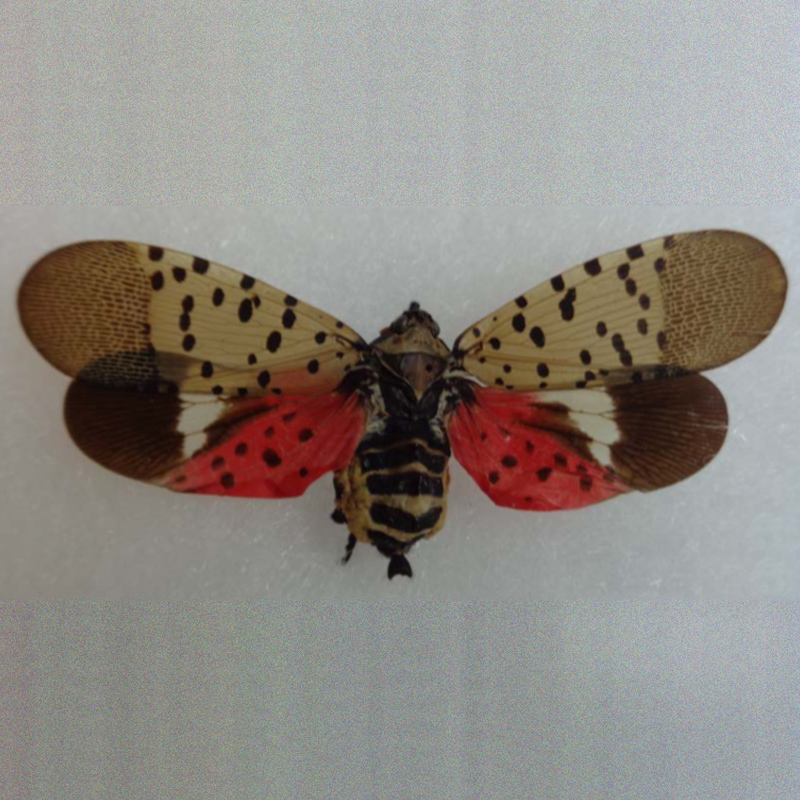
Spotted Lanternfly
Lycorma delicatula
A destructive insect that feeds on a wide range of trees and plants, posing significant economic and ecological threats.
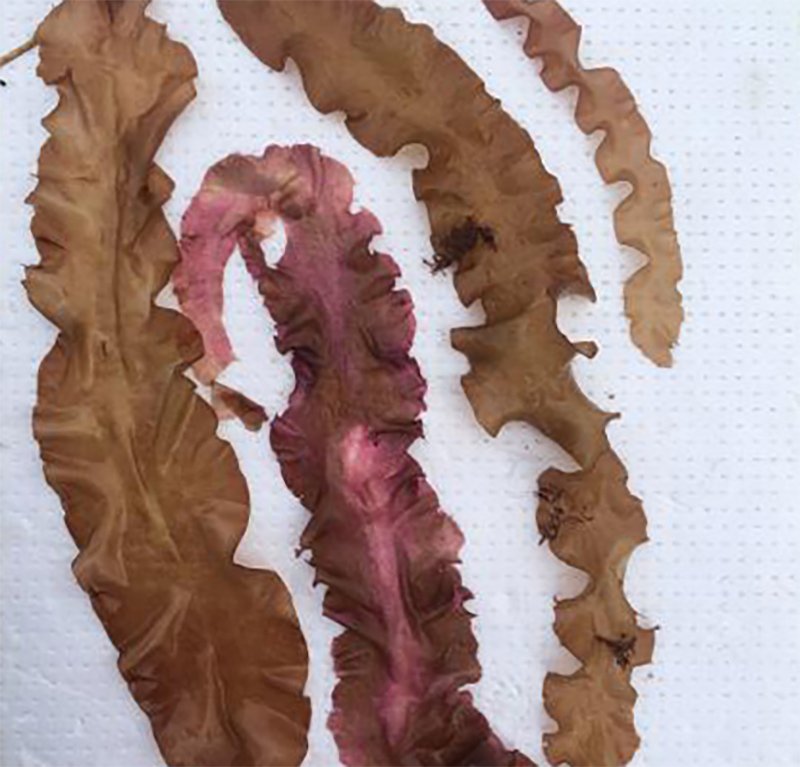
Devil’s Tongue Weed
Grateloupia turuturu
A red algae that thrives in warming waters, competing with native seaweed and reducing habitat for marine life.

Dead-Man’s Fingers/Oyster Thief
Codium fragile
An invasive species that can smother shellfish, displace oysters, and compete with native algae.
How Do Invasive Species Spread?
Invasive species spread through various pathways, including:
- Hitchhiking on boats, equipment, and clothing.
- Transport in ship ballast water or hull fouling.
- Intentional release of exotic pets or plants.
- Natural carriers such as wind, water, birds, and animals.
How Can You Help?
You can take simple steps to prevent the spread of invasive species:
- Garden Responsibly: Avoid planting invasive species and replace them with native alternatives. Native plants not only enhance biodiversity but also require less maintenance and provide vital support for local wildlife. Learn more about native plants here. [link to Native Plants page]
- Clean Equipment: Thoroughly clean boats, boots, and gear before moving between natural areas. Even small fragments of plants or seeds can spread invasive species to new locations. Follow these guidelines from CT DEEP to properly clean your boats.
- Don’t Release Pets: Never release aquarium fish, plants, or exotic pets into the wild. Released animals or plants can quickly become invasive and disrupt local ecosystems. Find helpful tips at Habitattitude.
- Be Informed: Learn to identify invasive species and report sightings to local authorities. Early detection helps prevent the spread of harmful species. Use tools like EDDMapS or the CT AIS Web App to track and report.
- Volunteer & Educate: Participate in invasive species removal events and habitat restoration projects. Volunteering is a great way to protect natural areas and educate others about the importance of conservation. Check out Long Island Sound Study’s list of volunteer opportunities.
- Limit Nutrient Runoff: Maintain septic systems, use slow-release fertilizers, and avoid over-fertilizing lawns. Excess nutrients in soil and water create ideal conditions for invasive plants to thrive. Get smart lawn care tips from Long Island Sound Study.
- Don’t Move Firewood: Transporting firewood can spread invasive forest pests, which can devastate trees and forests. Always buy and burn local firewood. Learn more at Don’t Move Firewood.
Eco Park’s Holistic Approach to Restoration
The Eco Park’s restoration involved removing over 1.5 acres of invasive plants and replacing them with more than 16,000 native plants. This effort transformed the site into a thriving coastal habitat that supports biodiversity and protects the shoreline. The ongoing management of invasive species ensures the park’s ecological integrity and resilience.
Additional Resources
Connecticut Invasive Plant Working Group – This website hosts a wealth of guidance and resources on local invasive plant management.
Aquatic Invaders of the Sound – Learn more information about invasive species found in the waters of Long Island Sound.
National Invasive Species Information Center (NISIC) – Find comprehensive details on invasive species nationwide on the U.S. Department of Agriculture website.
